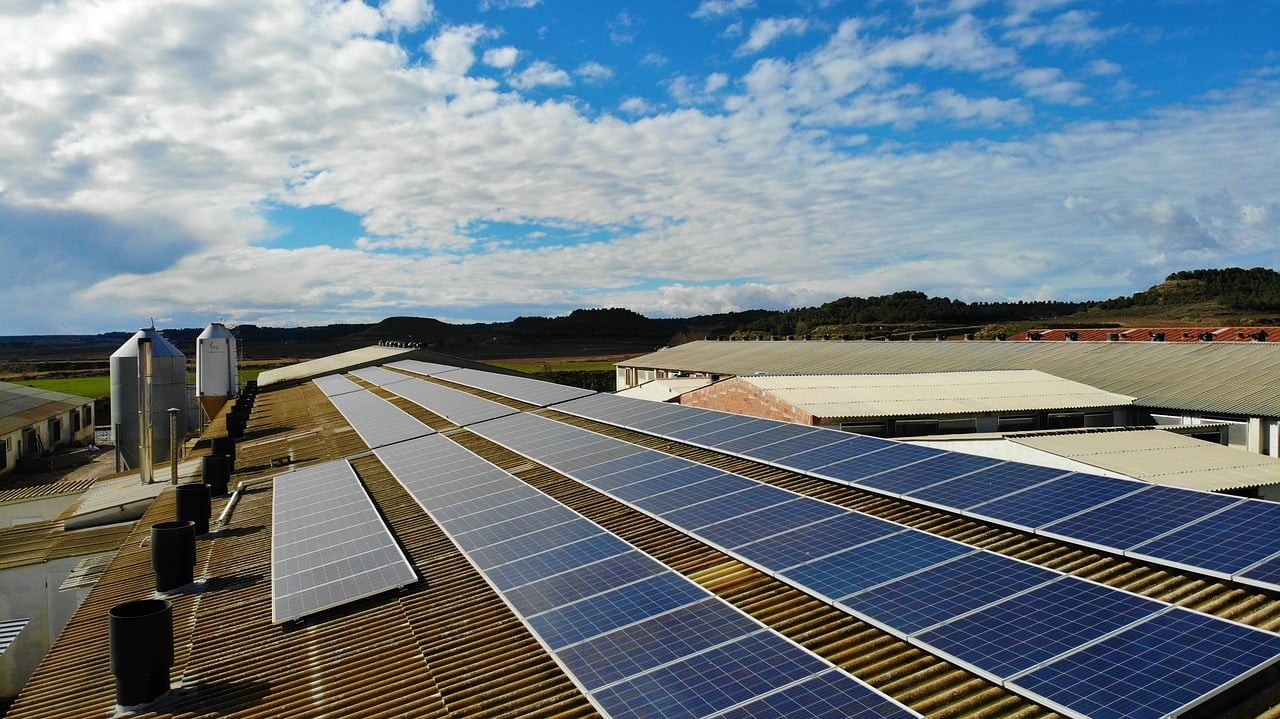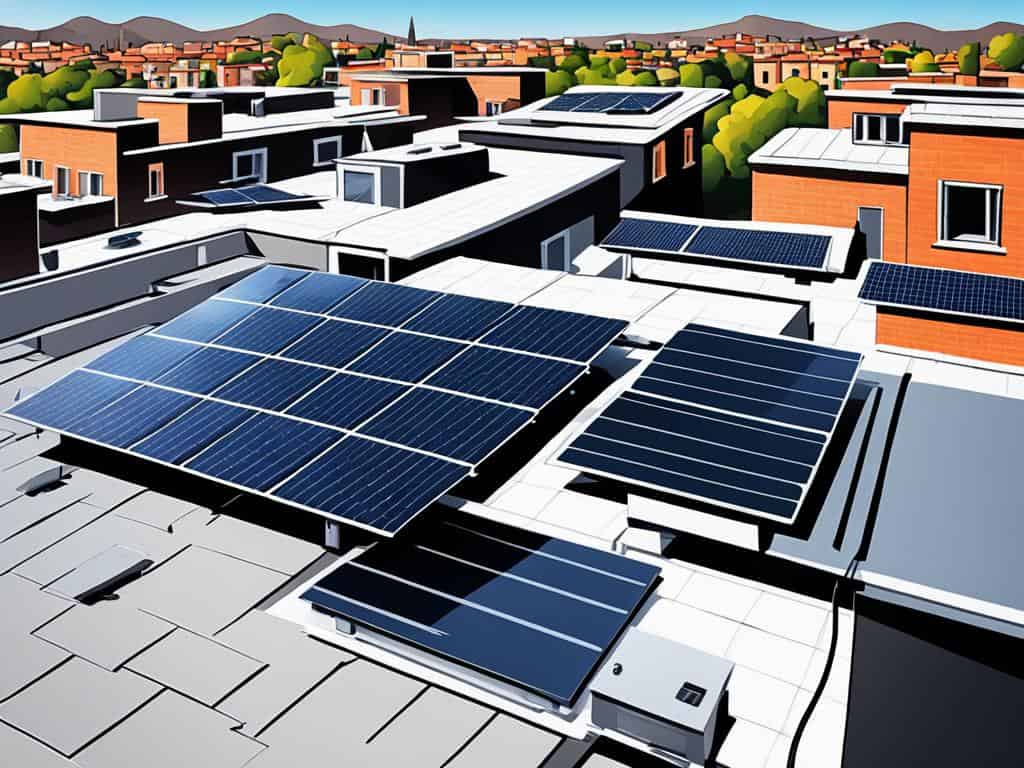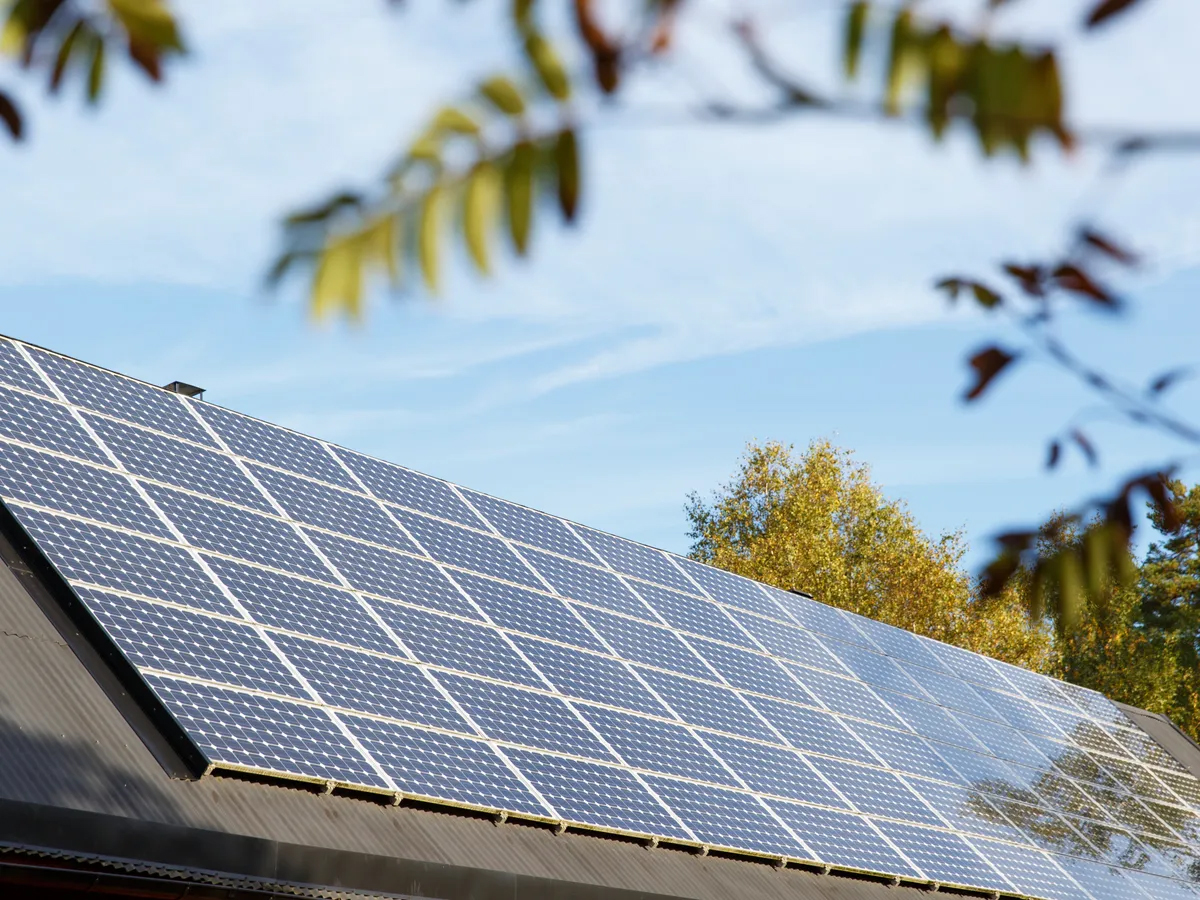Modular solar panels are transforming the renewable energy landscape with their flexibility, scalability, and Modular solar panels are transforming the renewable energy landscape with their flexibility, scalability, and growing efficiency. As photovoltaic (PV) technologies continue to advance, the adaptability of modular solar systems becomes increasingly important for residential, commercial, and industrial sectors. This article explores the potential of modular solar panels, looking at their underlying technologies such as PV cells, and the balance between AC and DC systems, all backed by precise data and real-world applications.
Photovoltaic Cells and Efficiency
The performance of the photovoltaic modular panels depends directly on how well the PV cells perform. Over recent years, technological advances have increased the energy conversion rates significantly. For instance, the average efficiency of a PV cell in 2010 ranged between 15 and 18%. Today, that average is about 22-23% in the higher-end panels. SunPower, one of the leading manufacturers, has attained 23.4% efficiency in their latest models pretty good achievement in energy yield.
Giving an approximation for this effect, the same 1 kW modular system using 22% efficient panels in a sunny region like California would generate approximately 1,600 kWh of electricity every year. For the older models, at, say, 15%, it would only produce approximately 1080 kWh yearly. This becomes critical in locations where space is limited, and higher efficiency allows for more power with smaller installations.
New materials, such as perovskite-based cells, hold even higher promise. Still, in the experimental stage of development, perovskite cells can achieve efficiencies upwards of 29% in the lab. When commercialized, this could raise the energy output of modules by 25-30%, thus revolutionizing solar energy production, particularly in dense cities where space is very limited.
AC vs. DC in Solar Applications
Solar panels naturally produce direct current electricity, while a majority of both homes and businesses rely on alternating current electricity. It is the inverters that make this conversion, and energy losses in this conversion usually range upwards of 4-12%. For a typical 5 kW solar installation in California, the conversion will result in an annual energy loss of about 300-600 kWh.
In high-demand industries such as those of E.V. charging stations, access to D.C. power directly from solar systems greatly enhances efficiency. Efficiency related to Tesla's Supercharger Stations is reported to be as high as 96% in the utilization of direct D.C. power, thus reducing energy losses in conversion. In contrast, traditional A.C. systems experience as high as a 10% loss that can really impact large-scale solar applications.
Residential DC microgrids are just beginning to gain in popularity as a way to bypass these inefficiencies in conversion. The U.S. Department of Energy found that D.C. microgrids with modular solar panels installed in homes saved an extra 7% annually over and above homes using regular A.C. systems. This may, however, tend toward increasing the adoption of DC-optimized modular systems as household devices and electric vehicles increasingly shift to D.C.
Scalability of Modular Solar Panels
By their nature, modular solar panels are designed to be scalable, increasing capacity incrementally as energy demand increases. It is much cheaper to expand the capacity in an already installed modular system than to do so with traditional fixed-panel installations for residential users. A typical 3 kW system addition with 1 kW costs about $1,500 in the U.S.; adding 1 kW to the fixed-panel system could cost upwards of $2,000 due to more labor and equipment required.
Scalability is, in fact, the real deal, especially for commercial use. For instance, a 500 kW modular solar installation at an agricultural farm in Australia was upgraded to 800 kW over two years. That incremental expansion allowed the farm to meet its increasing energy needs and save as much as 18% on its costs compared to conventional fixed-panel systems that would require a complete upfront overhaul.
Scalability also enhances energy management in big industrial systems. According to one report by SEIA, solar energy modular installations enhanced tracking of energy production and performance. With that, because of the output monitoring of individual panels, operators quickly identify and replace underperforming units, thereby enhancing overall energy efficiency up to 8% in distributed systems.
Integration with Energy Storage Systems
Energy storage furthers the potential to maximize the many benefits modular solar panels can provide, especially for those regions with seasonal sunlight. The applications of batteries, from lithium-ion systems to others, help store energy beyond what is captured at peak sun hours for use at night or on cloudier days, further increasing general efficiency. Tesla's Powerwall can store 13.5 kWh-sufficient to power an average household for a day. Couple this with a 5 kW modular solar system, and the whole setup will generate and store approximately 1,600 kWh annually. This would cover about 70% of an average household's electricity needs. Energy storage added to bigger systems used by companies will enable continuity when there is an outage, thus further reducing dependence on grid power and saving energy costs.
For instance, 1 MWp modular solar with 500 kWh of battery storage on an industrial site could store excess energy during the day for use at times of peak demand, reducing reliance on the grid by as much as 50%. According to Bloomberg New Energy Finance, companies adding energy storage to a solar installation reduce their average electricity costs by 15%, making it an essential element in future solar installations.
Cost and Benefits Across Industries
The financial viability varies depending on the sector, but in general, a very good ROI applies to modular solar panels. The payback period for a residential sector in a typical modular solar system is roughly 6-9 years. An average 5 kW system installed in Arizona, for example, produces about $900 annual savings, thus providing an approximate payback period of about 7 years, which is 3 years shorter compared to traditional fixed-panel systems.
The returns are even higher in the case of commercial sectors with modular solar panels. For instance, a recent report by BNEF estimated that in large retail environments like Walmart stores, the savings are 11% higher in modular systems than in their non-modular counterparts, primarily because it is very easy to expand and maintain them. A 1 MW modular system that was installed on an Amazon warehouse in Nevada paid for itself within 4.5 years and saved the company $180,000 annually.
Large energy-consuming industries, such as mining and manufacturing, also benefit greatly from modular solar systems. For instance, a mining company in South Africa reduced its consumption of diesel fuel by 40% thanks to the installation of a 10 MW modular solar system, saving $2.5 million annually. The system is specifically designed to expand to 15 MW over five years, which further cuts energy costs by 8% annually, showing how well modular systems can expand with growing energy demands.



